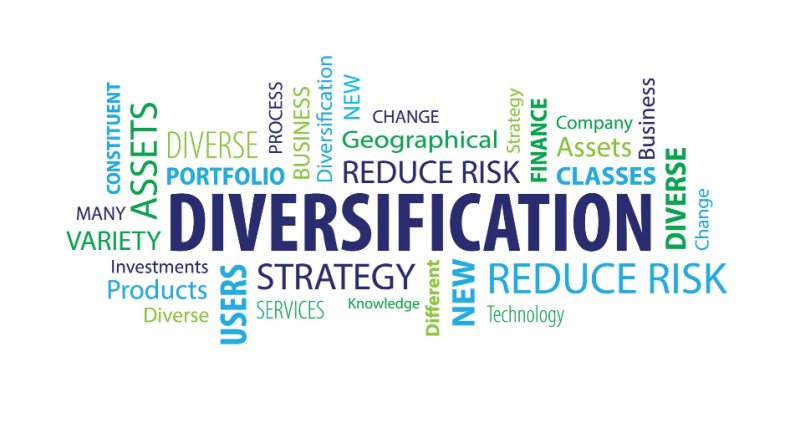Portfolio diversification is a risk management strategy that involves investing in various assets to reduce a portfolio’s overall risk. It is based on the idea that different assets have different levels of risk and return, and by investing in a mix of assets, investors can achieve a better balance of risk and return.
Diversification is to reduce the influence of any one investment on the overall performance of the portfolio. By diversifying their assets across many asset classes, industries, and geographic locations, investors can mitigate the risk of incurring losses from a particular asset class or event. Diversification can also assist investors in capturing possible profits in other market segments.
Why use portfolio diversification?
There are several reasons why investors should diversify their portfolios. One of the key reasons is risk mitigation. By investing in many assets, investors can minimize the risk of losing money if one asset underperforms.
Suggestion for you: What is crypto trading bot?
Diversification may also assist investors in achieving more consistent returns over time. By investing in a variety of assets with varying degrees of risk and return, investors may limit the ups and downs of individual investments, resulting in a more stable return.
Another reason to use portfolio diversification is to increase potential returns. Different asset classes and sectors can perform well at other times, and by investing in various assets, investors can capture these gains. For example, when stocks perform well, bonds may not, and vice versa. By investing in both, investors can capture gains from both market sectors.
Investors should identify their investment goals and risk tolerance to create a diversified portfolio. They should then determine their asset allocation and the percentage of their portfolio they want to invest in different asset classes, such as stocks, bonds, real estate, or commodities. The allocation will depend on the investor’s investment goals, time horizon, and risk tolerance.

After determining the asset allocation, investors must choose individual assets within each asset class. The objective is to select assets that are not moving with each other in tandem. For instance, large-cap and small-cap equities may display unique performance characteristics and might provide diversification benefits when held together.
Another interesting topic: From Great Depression to GFC – overview of worst recessions in history
Investors should also explore sector and geographical diversification. Depending on economic conditions, several economic sectors, such as healthcare, technology, and consumer products, might perform differently. By investing in a variety of industries, it is possible to collect profits from many economic sectors.
Investing in overseas stocks and bonds can also give exposure to a variety of economic and political conditions, so further diversifying the portfolio.
You may also like: The largest financial scams in history explained – what did we learn?
Finally, investors should regularly monitor and rebalance their portfolios. Over time, the performance of individual investments may cause the portfolio to become unbalanced. By regularly reviewing and rebalancing their portfolio, investors can ensure that their investments align with their original asset allocation and investment goals.
Final words
Portfolio diversification is a risk management approach that involves investing in a variety of assets to minimize the overall risk of a portfolio. It is crucial for investors to attain more steady returns over time and reduce the influence of any single investment on the overall performance of their portfolio.
To establish a diversified portfolio, investors must identify their investment objectives and risk tolerance, decide their asset allocation, and choose non-highly connected assets within each asset class. Regularly monitoring and rebalancing the portfolio is also important to maintain a diversified portfolio over time.











Comments
Post has no comment yet.